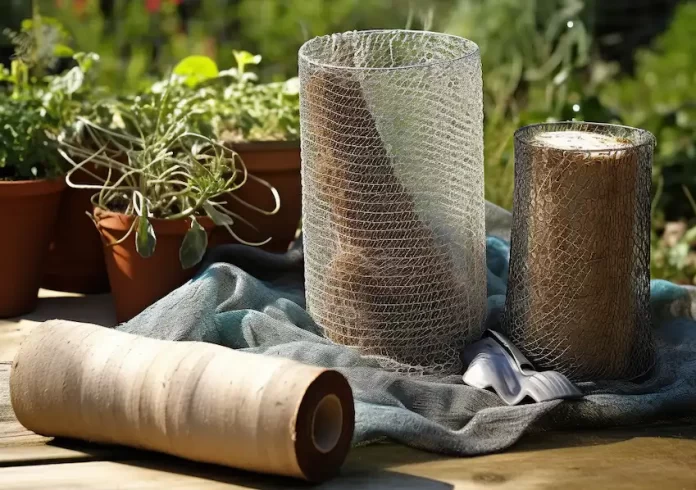Cultivating potatoes within confined spaces presents its challenges, yet employing a potato tower offers a savvy solution to maximize yield within a compact footprint. Especially favored by urban gardeners or those with limited outdoor areas, potato towers—particularly those fashioned from straw—prove to be an ingenious approach. Below, find a comprehensive manual on constructing one, along with its advantageous facets.
Advantages of a Potato Tower
- Space Optimization: Potato towers demand minimal ground space, rendering them ideal for petite gardens or balconies.
- Harvest Convenience: Retrieving potatoes from a tower is notably simpler compared to excavating them from soil beds.
- Decreased Pest and Disease Vulnerability: Elevating the growth medium provides a shield against soil-borne pests and diseases.
- Enhanced Drainage and Aeration: The tower’s structure facilitates superior air and water circulation, pivotal for robust potato development.
Materials Required
- Wire fencing or a sizable mesh cylinder
- Straw, preferably devoid of weeds
- Compost and soil
- Seed potatoes
- Watering can or hose
- Gardening gloves
- Stepwise Procedure for Constructing a Potato Tower
Instructions
- Select a Sunlit Site: Opt for a location with ample sunlight exposure, receiving a minimum of 6 hours of direct sunlight daily.
- Prepare the Tower Framework: Cut wire fencing to craft a cylinder measuring approximately 2 to 3 feet in diameter and 3 to 4 feet in height. Fasten the edges securely to shape the tower.
- Layer the Foundation: Commence with a straw layer at the tower’s base to facilitate drainage. Add a layer of soil-compost mix, approximately 6 inches deep.
- Plant Seed Potatoes: Position seed potatoes atop the soil layer, eyes facing upward, spacing them about 6 inches apart. Conceal them with another layer of soil and compost.
- Progressive Construction: As potato plants proliferate, continue incorporating layers of straw around the tower’s periphery, and additional soil-compost mix to cloak the stems, leaving only the top few inches exposed. This fosters further potato formation along the submerged stems.
- Watering and Maintenance: Maintain regular watering to sustain soil moisture without causing waterlogging. Avoid excessive watering to avert rot.
- Harvesting: Potatoes become harvest-ready when the foliage begins yellowing and receding. Gently remove straw and soil from the tower’s sides to access the potatoes.
Extra Recommendations
Selecting Potatoes: Opt for certified seed potatoes to mitigate disease risks. Tower Placement: If mobility poses a challenge, situate the tower on a wheeled platform. Pest Surveillance: Routinely inspect for pest manifestations and address them promptly to safeguard a flourishing crop.
Constructing a potato tower stands as a gratifying endeavor for any horticulturist. It represents an inventive means to cultivate a staple crop within confined quarters, with the added perks of simplified maintenance and harvesting. By adhering to these guidelines, anticipate a plentiful potato harvest that’s both efficient and delightful. Happy gardening!
